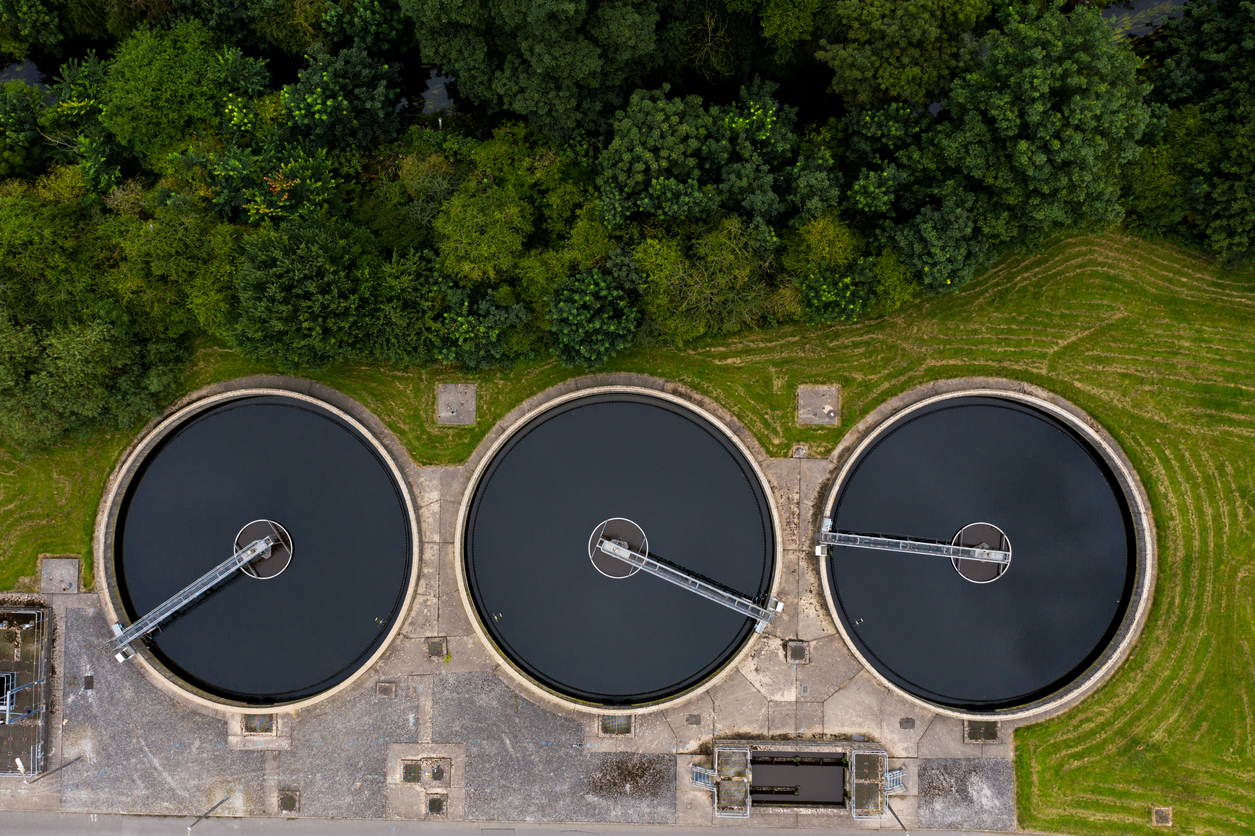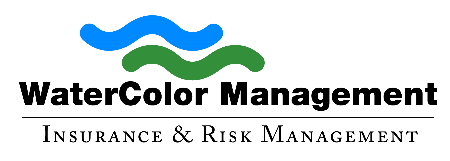
There are many different types of technology used in water treatment plants. One of the most popular is ultrafiltration. This method utilizes specialized membranes to apply hydrostatic pressure and separate suspended solids from water. It is notable because it has replaced traditional treatment protocol — coagulation followed by flocculation and sedimentation — in some parts of the world. Of course, this method offers pros and cons, both of which should be taken into account. What are the advantages of ultrafiltration, and what is the disadvantage of ultrafiltration? Find out why some treatment plants are eager to adopt this method and others remain hesitant.
Pro: No Chemicals Necessary
Many treatment centers have adopted an ultrafiltration method of wastewater treatment because it requires no chemicals during processing. Traditional processing methods often require the addition of many different chemicals, including various polymers, sludge conditioners, odor control agents, and chemical flocculants — and there are known hazards associated with many of these chemicals. It’s commonplace for hexavalent chromium to be used to minimize odor, for example, but when it leaches into groundwater, it can cause a litany of serious ailments.
Pro: Consistent Water Quality
Another advantage of ultrafiltration that its proponents commonly cite is the consistent quality of water that it can produce. In traditional wastewater treatment modalities, the quality of the water produced is often directly correlated to the quality of the feed. In other words, water with more contaminants and pathogens may result in an output of water that contains a higher concentration of these substances. Ultrafiltration, on the other hand, can consistently offer high-quality potable water, regardless of the quality of incoming wastewater.
Con: Higher Energy Costs
Although ultrafiltration offers many attractive benefits, there are several cons that should be acknowledged, too. Among these is the increased energy expenditure that’s required for an ultrafiltration facility to operate — and higher energy expenditures mean higher costs. This is because the process demands a high degree of force to move wastewater through membranes continuously. Several new innovations have emerged, though, that aim to solve this problem and improve the energy efficiency of ultrafiltration.
Con: Recirculation Is Necessary
Another important consideration is the recirculation that’s required to produce potable water via ultrafiltration. This is another part of the process that contributes to its high energy cost. Water must be continuously recirculated in order to prevent egregious loss of water throughout processing. During the first stage of membrane filtration, it’s impossible for all of the wastewater to be drawn through, so it must be recirculated until the water is separated sufficiently from the suspended solids and other contaminants. Water treatment insurance can help cover liabilities associated with this process, though, and prevents unnecessary exposure to loss.
About Watercolor Management
Watercolor Management has insured the water industry for over 30 years. Our policies include unlimited defense cost coverage in the event of a lawsuit against you. Call us at (855) 929-0824 or email info@watercolormanagement.com for a quick quote for your Water Business Professional, Products/Completed operations, Pollution and General Liability Insurance.




